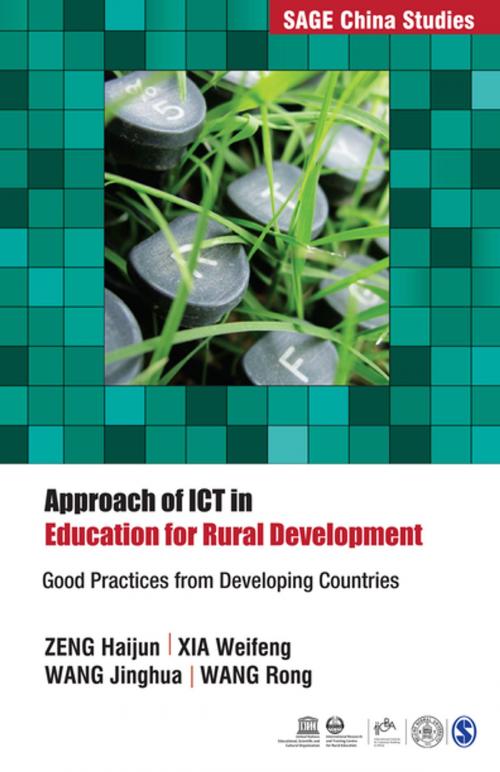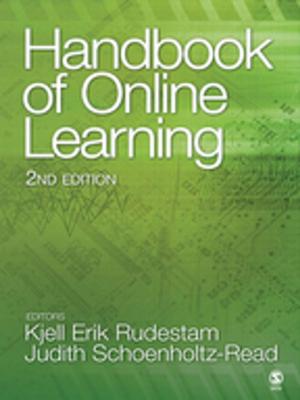Approach of ICT in Education for Rural Development
Good Practices from Developing Countries
Nonfiction, Reference & Language, Education & Teaching| Author: | ISBN: | 9789351505181 | |
| Publisher: | SAGE Publications | Publication: | July 7, 2015 |
| Imprint: | Sage Publications Pvt. Ltd | Language: | English |
| Author: | |
| ISBN: | 9789351505181 |
| Publisher: | SAGE Publications |
| Publication: | July 7, 2015 |
| Imprint: | Sage Publications Pvt. Ltd |
| Language: | English |
A comprehensive study on the importance of ICT in rural education
There are many challenges faced in effective Information and Communication Technology (ICT) implementation for rural development. This book contains policy recommendations to help drive and stimulate innovation and creativity through ICT use and reduce the digital divide and social exclusion in rural areas. The cases included in this book typically represent the ICT educational applications in China and developing countries and examine how current policies can support the overall development progress. It is expected to share good practices and to focus on spreading them better among three targeted groups of people: young people in rural areas, teachers at rural primary and high schools, and “left-behind” rural women.
This book is a research result of the program “The Information and Communication Technology (ICT) in Education for Rural Development (iERD)” that was initiated in 2012 by the UNESCO International Research and Training Centre for Rural Education (INRULED) along with its three other partners—UNESCO Sector Policy Advice (UNESCO-PAD) and ICT in Education, International Institute for Capacity Building in Africa (IICBA), and Beijing Normal University-R&D Centre for Knowledge Engineering (BNU-KSEI).
A comprehensive study on the importance of ICT in rural education
There are many challenges faced in effective Information and Communication Technology (ICT) implementation for rural development. This book contains policy recommendations to help drive and stimulate innovation and creativity through ICT use and reduce the digital divide and social exclusion in rural areas. The cases included in this book typically represent the ICT educational applications in China and developing countries and examine how current policies can support the overall development progress. It is expected to share good practices and to focus on spreading them better among three targeted groups of people: young people in rural areas, teachers at rural primary and high schools, and “left-behind” rural women.
This book is a research result of the program “The Information and Communication Technology (ICT) in Education for Rural Development (iERD)” that was initiated in 2012 by the UNESCO International Research and Training Centre for Rural Education (INRULED) along with its three other partners—UNESCO Sector Policy Advice (UNESCO-PAD) and ICT in Education, International Institute for Capacity Building in Africa (IICBA), and Beijing Normal University-R&D Centre for Knowledge Engineering (BNU-KSEI).















